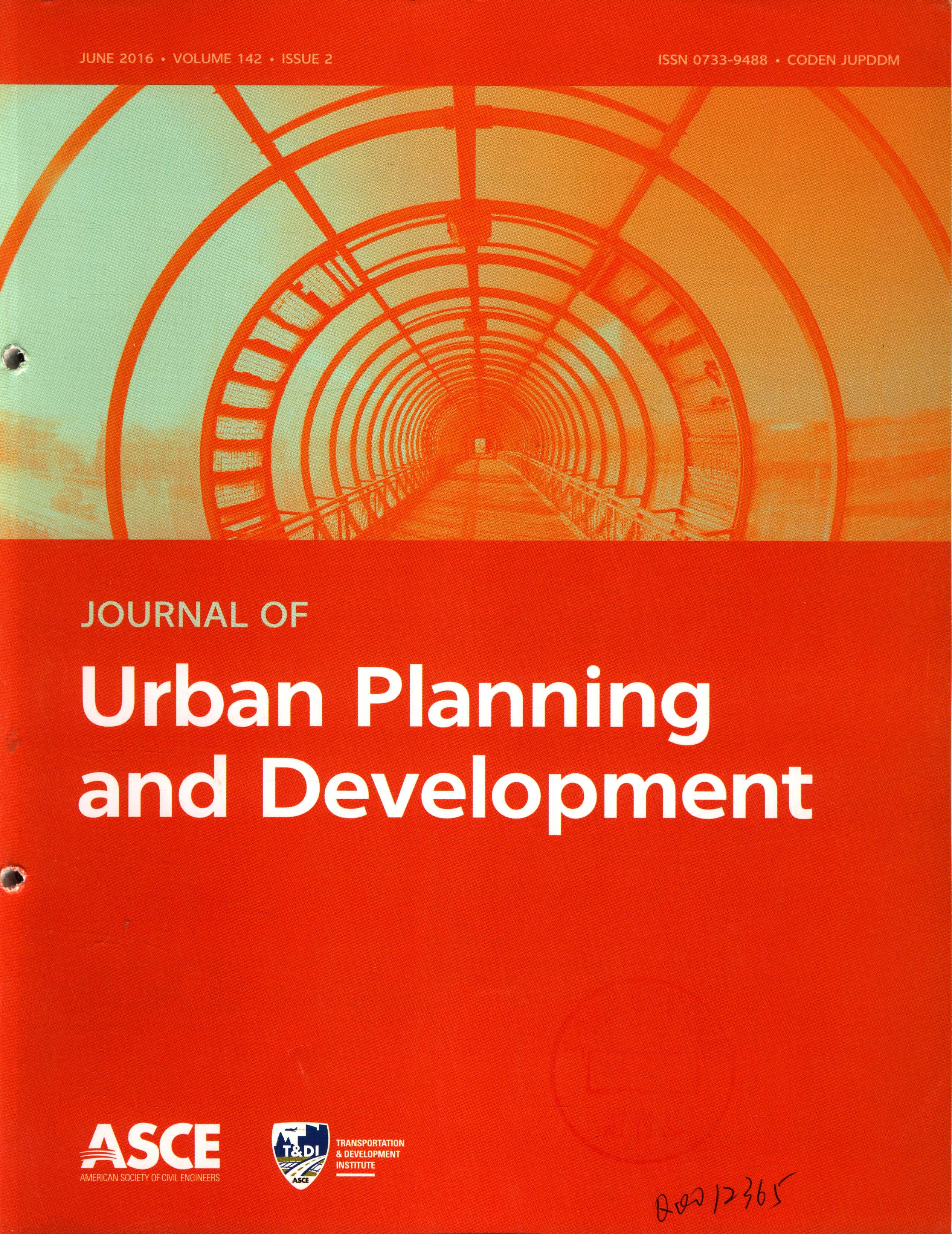[国外交通期刊数据库]
作者:Brano Glumac
摘要:Numerous authors have argued that the redevelopment of a brownfield can provide a range of benefits. For example, the physical improvements of a brownfield result in better site characteristics such as lower contamination levels, better site accessibility, and eventually improve the image of a neighborhood. On the other hand, applying proper legal policies leads to a less complicated ownership structure and might result in a faster approval process. These physical improvements and legal policy endeavors often lead to financial benefits such as value capturing or improved real estate value. However, the necessity to deal simultaneously with physical improvements, legal policies, finances, and the tradeoffs that need to be considered therein may explain why brownfield problems are not easily resolved. In addition, many actors are involved in the redevelopment process. Actors such as the municipality, developer, and landowner might have different preferences regarding the essential physical, legal, and financial characteristics. A bundle of such characteristics is regarded as a product or a future brownfield site in this paper. Furthermore, the preference is the impact of a product configuration. This paper highlights the potential of a latent class model in quantifying the variation of the actors' preferences in the context of brownfield redevelopment. A latent class model is a statistical technique that looks at the choices that individuals make between alternatives of products and allows analysts to examine the impact of product configuration on different classes of individuals. An online survey was conducted to gather the required data for this method. More specifically, stated preference data covered the opinions of 111 area development practitioners in the Netherlands. As a result, four real market actors are identified and labeled by their preferences in order to present the potential of using a latent class model as a quantitative tool for mapping the preferences of stakeholders in a brownfield redevelopment project.




